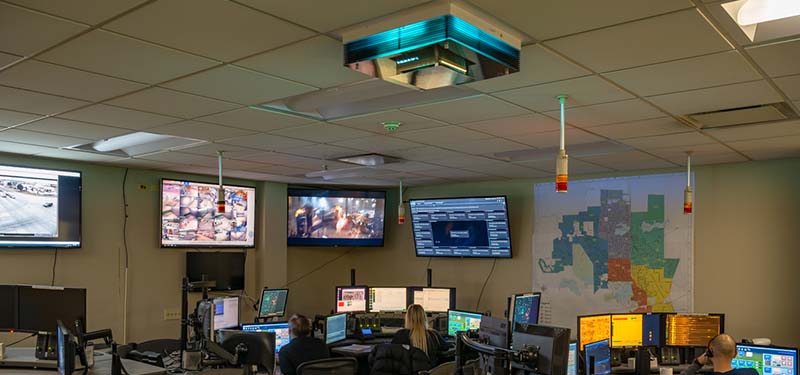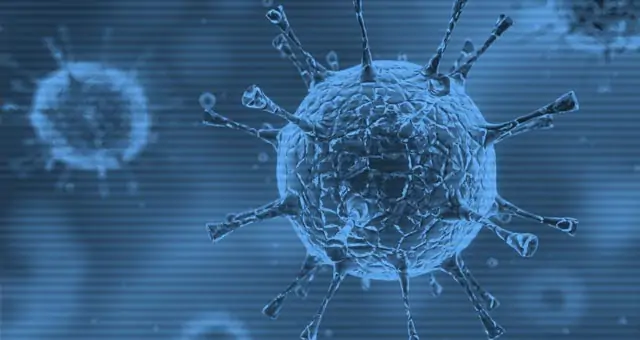The Pandemic’s Ongoing Toll on Firefighters and Dispatchers
April 20, 2022

A scroll through Firehouse.com quickly further reveals the toll that COVID-19 has taken on firefighters. Just some of the headlines from February 2022:
- Nashville Firefighter Dies from COVID-19.
- Buckeye Valley Fire District Engineer Brian Miiller succumbed to COVID-19 after contracting it on duty.
- AZ Firefighter Succumbs to COVID-19.
- Fremont-Wolf River firefighter Bob Stevens succumbed to COVID-19 after contracting it on-duty.
- WI Firefighter Succumbs to COVID-19.
- COVID Claims San Diego Fire Marshal.
- Lowndes County District 3 Fire Chief Wayne Doyle succumbed to COVID-19 after contracting it on-duty.
- MS Chief Dies from COVID-19.
- Copperas Cove Firefighter Michael McGuire succumbed to COVID-19 after contracting it on duty.
- COVID-19 Claims Veteran TX Firefighter.
As masks come off and COVID-19 protocols diminish, first responders remain in the disease’s crosshairs. In an April 18, 20222, post, Firehouse contributing editor Barry Furey takes a look at the ongoing impact of COVID-19 on firefighters. From the Fire Dispatch: COVID-19 and 9-1-1 article:
“According to the NFPA, in 2020, firefighter deaths doubled compared with deaths in 2019, with more than half of 2020’s fatalities attributed to COVID. A search of the U.S. Fire Administration database reveals that another 48 firefighters succumbed to the disease in 2021 as of press time. Put another way, dozens of first responders who survived 9/11 failed to survive the coronavirus.”
COVID-19’s impact on emergency dispatchers
Furey also takes a look at a group that may be overlooked when it comes to COVID’s impact—dispatchers—who, as Furey describes, “aren’t shielded from the damage that’s caused by COVID. In fact, their isolation might contribute to their dilemma.” Furey continues:
“Rather than entering the homes of those who are in need, dispatchers often are sequestered elbow-to-elbow in windowless rooms that are occupied 24/7. Many work prolonged shifts to compensate for continuing staffing shortages. The pandemic served to further thin dwindling ranks and came at a time when many agencies already struggled to maintain minimal workforces.”
Furey’s dive into COVID-19’s impact on dispatchers highlights the importance of protecting the health of first responders on all fronts. The tight quarters dispatchers occupy, often without fresh air, and the very nature of their job—talking—create an indoor space where aerosolized pathogens can build up, increasing the risk of transmission of not only SARS-CoV-2, the virus that causes COVID-19, but influenza, rhinoviruses (that cause the common cold), and more.
Aerapy germicidal UV for air sanitizing
To help protect the health of its dispatchers, the Village of Mundelein, IL, installed Aerapy’s patented upper air germicidal UV disinfection unit, Zone360. The upper air (also known as upper room) UV device is mounted to the ceiling where it harnesses the germicidal power of UV-C and takes advantage of rising natural convection air currents to destroy aerosolized pathogens and other pollutants that contaminate the air and can linger for extended periods of time. The upper room 2′ x 2′ unit features 360 degrees of UV air disinfection and is easily installed in any type of ceiling (min. 8 ft height) to provide continual air disinfection in 500–1000 sq. ft. rooms. Available with or without built-in fan.
Since 2008, the team at Aerapy has led innovation in the field of UV-C sanitizing to improve indoor air quality in indoor spaces as well as transport and service vehicles. We offer advanced and proven germicidal UV devices for HVAC and upper air and surface disinfection. Give us a call today at 866-994-2473 or write to us online for more information.
Photo, above, Aerapy upper air UV Zone360 installed in emergency call center.
HOW PROTECTED ARE YOU?
Aerapy's commercial-grade UV lights protect your clients, staff, and your business with proven UV disinfection technology. Contact us for more information.
Please send me more information.

The Pandemic’s Ongoing Toll on Firefighters and Dispatchers
April 20, 2022

A scroll through Firehouse.com quickly further reveals the toll that COVID-19 has taken on firefighters. Just some of the headlines from February 2022:
- Nashville Firefighter Dies from COVID-19.
- Buckeye Valley Fire District Engineer Brian Miiller succumbed to COVID-19 after contracting it on duty.
- AZ Firefighter Succumbs to COVID-19.
- Fremont-Wolf River firefighter Bob Stevens succumbed to COVID-19 after contracting it on-duty.
- WI Firefighter Succumbs to COVID-19.
- COVID Claims San Diego Fire Marshal.
- Lowndes County District 3 Fire Chief Wayne Doyle succumbed to COVID-19 after contracting it on-duty.
- MS Chief Dies from COVID-19.
- Copperas Cove Firefighter Michael McGuire succumbed to COVID-19 after contracting it on duty.
- COVID-19 Claims Veteran TX Firefighter.
As masks come off and COVID-19 protocols diminish, first responders remain in the disease’s crosshairs. In an April 18, 20222, post, Firehouse contributing editor Barry Furey takes a look at the ongoing impact of COVID-19 on firefighters. From the Fire Dispatch: COVID-19 and 9-1-1 article:
“According to the NFPA, in 2020, firefighter deaths doubled compared with deaths in 2019, with more than half of 2020’s fatalities attributed to COVID. A search of the U.S. Fire Administration database reveals that another 48 firefighters succumbed to the disease in 2021 as of press time. Put another way, dozens of first responders who survived 9/11 failed to survive the coronavirus.”
COVID-19’s impact on emergency dispatchers
Furey also takes a look at a group that may be overlooked when it comes to COVID’s impact—dispatchers—who, as Furey describes, “aren’t shielded from the damage that’s caused by COVID. In fact, their isolation might contribute to their dilemma.” Furey continues:
“Rather than entering the homes of those who are in need, dispatchers often are sequestered elbow-to-elbow in windowless rooms that are occupied 24/7. Many work prolonged shifts to compensate for continuing staffing shortages. The pandemic served to further thin dwindling ranks and came at a time when many agencies already struggled to maintain minimal workforces.”
Furey’s dive into COVID-19’s impact on dispatchers highlights the importance of protecting the health of first responders on all fronts. The tight quarters dispatchers occupy, often without fresh air, and the very nature of their job—talking—create an indoor space where aerosolized pathogens can build up, increasing the risk of transmission of not only SARS-CoV-2, the virus that causes COVID-19, but influenza, rhinoviruses (that cause the common cold), and more.
Aerapy germicidal UV for air sanitizing
To help protect the health of its dispatchers, the Village of Mundelein, IL, installed Aerapy’s patented upper air germicidal UV disinfection unit, Zone360. The upper air (also known as upper room) UV device is mounted to the ceiling where it harnesses the germicidal power of UV-C and takes advantage of rising natural convection air currents to destroy aerosolized pathogens and other pollutants that contaminate the air and can linger for extended periods of time. The upper room 2′ x 2′ unit features 360 degrees of UV air disinfection and is easily installed in any type of ceiling (min. 8 ft height) to provide continual air disinfection in 500–1000 sq. ft. rooms. Available with or without built-in fan.
Since 2008, the team at Aerapy has led innovation in the field of UV-C sanitizing to improve indoor air quality in indoor spaces as well as transport and service vehicles. We offer advanced and proven germicidal UV devices for HVAC and upper air and surface disinfection. Give us a call today at 866-994-2473 or write to us online for more information.
Photo, above, Aerapy upper air UV Zone360 installed in emergency call center.
HOW PROTECTED ARE YOU?
Aerapy's commercial-grade UV lights protect your clients, staff, and your business with proven UV disinfection technology. Contact us for more information.
Please send me more information.

